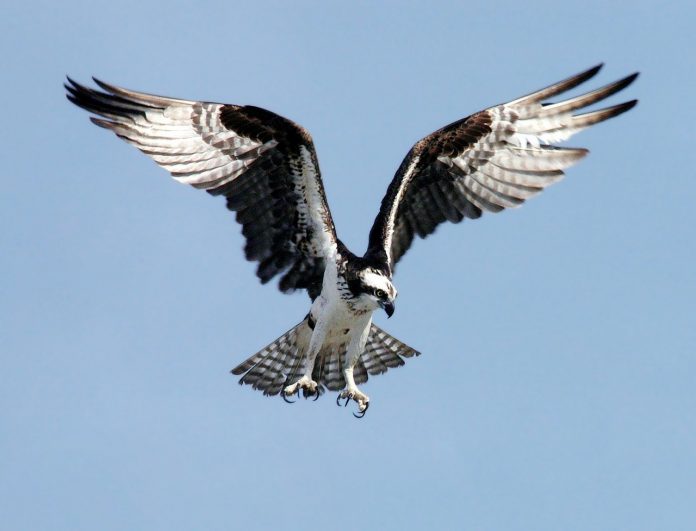For as long as I can remember, I spent at least a week at the Jersey shore every summer. As a boy and later as a young father with two daughters, I loved the sun, the surf, and the sandy beaches.
As I’ve gotten older, I’ve come to loathe the heat, the sand, the crowds, and the traffic.
So a few years ago my wife and I tried a mid-October getaway, and we loved it. The weather was great, the crowds were gone, there was almost no traffic, and rental prices plummeted. This year we decided to try an early vacation.
Best birding
I’ve been to Cape May in May several times, and that’s when birding is best. But back in February, I found a great deal on a rental in mid-April. Easter Sunday brought blue skies and 80 degrees, a near perfect day.
The rest of the week brought some clouds, two chilly days, and a little rain. Though not intended to be a birding vacation, we spent time on the beach at Cape May Point watching cormorants on the sunken concrete ship just off shore.
We enjoyed some time on the observation platform at Cape May Point State Park. And we discovered a daily morning bird count (6 to 9 a.m. through mid-May) on a platform on the dune at the end of Coral Avenue, just a stone’s throw from the park.
Migrant birds
There we listened to local experts call out the migrants as they headed north — gannet, scoter, jaeger, willet, osprey, and an eastern meadowlark, to name a few. The surprising highlights of the morning came in the form of frolicking porpoises just offshore and an oblivious red fox trotting along the dune just 25 feet from a group of eight birders.
There we listened to local experts call out the migrants as they headed north — gannet, scoter, jaeger, willet, osprey, and an eastern meadowlark, to name a few. The surprising highlights of the morning came in the form of frolicking porpoises just offshore and an oblivious red fox trotting along the dune just 25 feet from a group of eight birders.
Though the ocean was cold, the sounds of the breaking surf and chattering gulls lured us to the water’s edge. Life on sandy New Jersey beaches seems quite sterile at first. But appearances deceive.
The shallow waters along the shore teem with microscopic algae, seaweed, and small fish.
The tidal zone, the area between low and high tide, is easier to observe and study. High tide leaves behind a strip of biological debris called the wrack line. Consisting primarily of seaweed, the wrack provides a moist habitat for small shrimp-like crustaceans commonly called beach fleas or beach hoppers.
The wrack also contains shells, skeletons, and sometimes entire dead bodies of many of the invertebrates that live just beyond the tidal zone.
In death, they wash ashore. Clams, oysters, mussels, and scallops are among the more common shells to find. The swash zone, where the waves lap the sand in a never-ending, mesmerizing rhythm, shelters abundant coquina clams.
Moving on the beach
They are small, barely a half-inch long, brightly colored, and can occur in densities of thousands per square yard. Coquinas seem at the mercy of the tide, but a few minutes of observation reveal that they use the waves to move up and down the beach.
They live in the top inch of sand where they anchor themselves with a small muscular “foot” and extend a tubular siphon to the water. Through the siphon, they filter single-celled diatoms from the water.
When disturbed by beachcombers or rough waves, coquinas ride to the surf line and anchor themselves to a new position. Coquinas move constantly as the tide ebbs and flows. This continual tidal migration, combined with their incredible numbers, insures that crabs and shorebirds don’t eat them all.
Mole crabs also inhabit the swash zone. About an inch long, these small crustaceans are well named. When exposed to the surf, they burrow into the sand and disappear in just a second or two. They burrow backward beneath the sand until just their feathery antenna and eyestalks are exposed.
Filtering algae
The antennae filter algae and other organic matter from the water and transfer it to the mouthparts. Though most tourists avoid sandy Atlantic beaches in April and May, those who explore the Jersey shore will find plenty of nature to enjoy.













